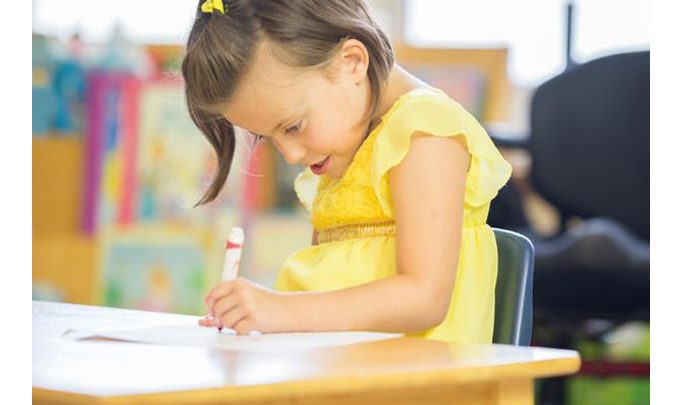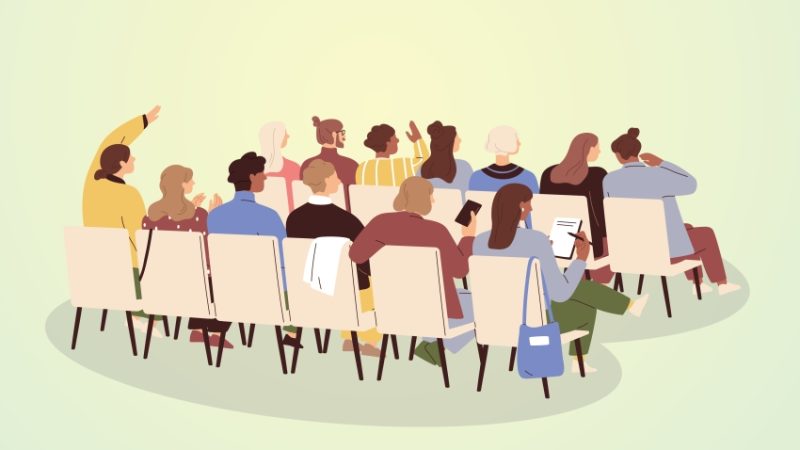Is ‘inclusive Education’ Actually Manufacturing Inability?

Professor Sally Tomlinson contemplates whether the continuing expansion of inclusive education ultimately serves to ‘manufacture inability’…

Why, despite a world-wide movement towards the inclusion of previously excluded populations, has special education, increasingly located in mainstream schools, flourished? Why have governments acquiesced in the expansion of a ‘special needs industry’?
How far will those regarded as defective or deficient be increasingly regarded as a surplus population in global economies; does special education really meet the needs of diverse groups, and whose interests are actually served by the expansion of programmes for the special and lower attainers in schools?
Historical contraditions
In attempting to answer these questions it has to be recognised that there cannot be any theories about special and inclusive education, without understanding the social and historical influences on policies and practices, and the psychological and medical influences that became so pervasive, now joined by neuroscientists, behavioural geneticists and others.
There are also historical contradictions to be faced. For example, in Sweden discussion about the ‘integration’ and ‘normalisation’ of children with disabilities into mainstream schools was taking place in the 1950s and 60s, at the same time that compulsory sterilisation of ‘defective’ women thought likely to produce deficient children was in operation.
One of the most coherent analyses of the development of special education as an institutional practice related to mainstream education, and the complex administration needed to legitimate the changing assumptions and practices, was produced by Thomas Skrtic in his 1991 book Behind Special Education. In his view, in the USA it was industrialisation, immigration and compulsory school attendance that produced the large number of students who were troublesome to mainstream classrooms.
The issue was reframed as a problem of inefficient school organisation and defective students. This encouraged the development of an educational administration to deal with the troublesome, which in turn encouraged the development of a special education sector.
Among the many insights in the book was the notion that special education is constructed and sustained as a machine bureaucracy, whereas what is needed in the 21st century is an ‘adhocracy’ in which people collaborate and learn from each other. He pointed out that segregation, ability groupings and trackings have no place in an adhocracy, as it reduces young people’s capacities to learn from one another.
The global context
Neither can any theorising about special and inclusive education be useful if the wider national and global contexts are ignored. In 2011 John Richardson and Justin Powell produced an authoritative sociological analysis of the origins and development of special education, and took up the challenge of examining special education practices in societies with widely different cultural, religious, political and economic systems.
They described the structures established for dealing with disabled and disruptive children and young people and established why historical antecedents and cross-cultural differences are important in understanding what societies are doing when they send large numbers of their young into lower-level instruction and limited futures.
They also pointed out that special and inclusive education practices in developed countries cannot be discussed without understanding the relationship to vocational training and the recourse to youth offenders’ institutions and prisons for those who cannot adapt to school systems and lower level courses.
Defining inclusion
Explaining and defining the global and national interests in inclusive education from the later 20th century has proved an even more difficult task than explaining the complexities of special education. There have been a plethora of attempts at defining inclusive education, none of which appear satisfactory to participants, who are often emotionally concerned to defend existing special education practices.
This is understandable, as what was being suggested was a reversal of a century of traditional practices concerned with the separation of young people, into separate institutions, or classes, and instructional practices. It is also a reversal of traditional understandings of child development, and learning, and established concepts of ability and potential.
There are currently over 7000 books on ‘inclusion’ listed on the Amazon website. The International Journal of Inclusive Education, founded in 1996, is just one of numerous journals publishing hundreds of articles discussing, defining, criticising, explaining and theorising about the area.
There have also been attempts to synthesise the concept of inclusion of children with labels of disabilities and learning difficulties, while retaining traditional forms of special education.
Recent work by Garry Hornby illustrates these attempts. He describes what he terms ‘a theory of inclusive special education’, which is actually a blueprint for dealing with these expanding groups of troublesome children by assessing their different defects, training professionals and organising classes and schools on a continuum of separation.
Although often what passes for theory turns out to be description and prescription, this is perhaps as far as understanding can go, although adherence to human rights and social justice underpin many of the attempts to define inclusion and the place of special education programmes and localities within an inclusive education system.
Maintaining the status quo
The large amount of literature on racial disparities in educational placements and achievements in the USA – and the continued disproportionate numbers of minority young people in special education – has led to numerous attempts to move beyond description and data collection to use notions of equity and power structures, and make sense of the intersections of race, class and poverty that ensure spatial and economic segregation.
If segregated inner-city schools are six times more likely to have students in concentrated poverty than schools with overwhelmingly white populations, as is the case in many American cities, then theories that combine multiple disadvantages are needed. One of the most coherent explanations for disproportionate representation is the combination of institutional ableism (the failure to provide proper services to persons with disabilities or difficulties) with institutional racism (the failure to provide proper services to people because of their colour, culture or ethnic origin) to transpose legally acceptable special education discrimination, to maintain illegal segregation by race.
Despite assertions of inclusivity and equity, no country has ever achieved this. Under the mountain of research reports, government papers and academic literature describing inequalities, and bemoaning the development of an underclass, a lack of social mobility and the seemingly unstoppable expansion of social problems – exclusions, drop-outs, delinquency and mental health issues currently topping the lists in the UK and USA – there is a distinct lack of coherent explanation about what is going on.
What may be going on are attempts to maintain a traditional hierarchical status quo in a rapidly changing world, by recourse to manufacturing the ‘inability’ of many of the children in lower socioeconomic groups and removing them from mainstream institutions.
Four ways of doing this are:
> Perpetuating the belief that there is only inherent potential in the few, fixed levels of inability in most children and that many need a ‘special’ education
> Perpetuating the belief many children and young people have less ‘ability’ and ‘human capital’ to develop, and thus cannot perform well in a knowledge economy.
> Removing young people who are regarded as interfering with expected standards and credentialing of others into separate institutions, alternative education, and young offenders institutions
> Denying that educating previously excluded social and racial groups has been partially and slowly successful
About the author
Sally Tomlinson is Emeritus Professor at Goldsmiths College, University of London; this article is an extract from her book, A Sociology of Special and Inclusive Education, published by Routledge. To receive 20% off the book’s RRP, quote code ‘IRK69’ when ordering at routledge.com











